The direction of rotation of planets is quite useful aspect in understanding the origin of solar system. In this article, we will discuss the direction of rotation of planets, including what it means, how it’s determined, and why it’s important.

Table of Contents
What is the Direction of Rotation of Planets?
The direction of rotation of a planet refers to the direction in which it spins on its axis. This direction is typically either clockwise or counterclockwise, as viewed from the planet’s north pole. The direction of rotation can vary from planet to planet and can have important implications for the planet’s climate, geology, and overall structure.
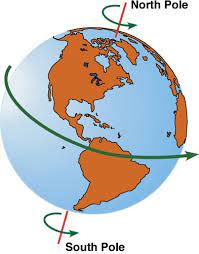
How is the direction of rotation determined?
The direction of rotation of a planet is determined by the way in which it formed. When a planet is formed, it begins as a cloud of gas and dust that collapses under its own gravity. As the cloud collapses, it begins to spin faster and faster, eventually flattening out into a disk shape. The direction of rotation of the planet is determined by the direction in which this disk is spinning.
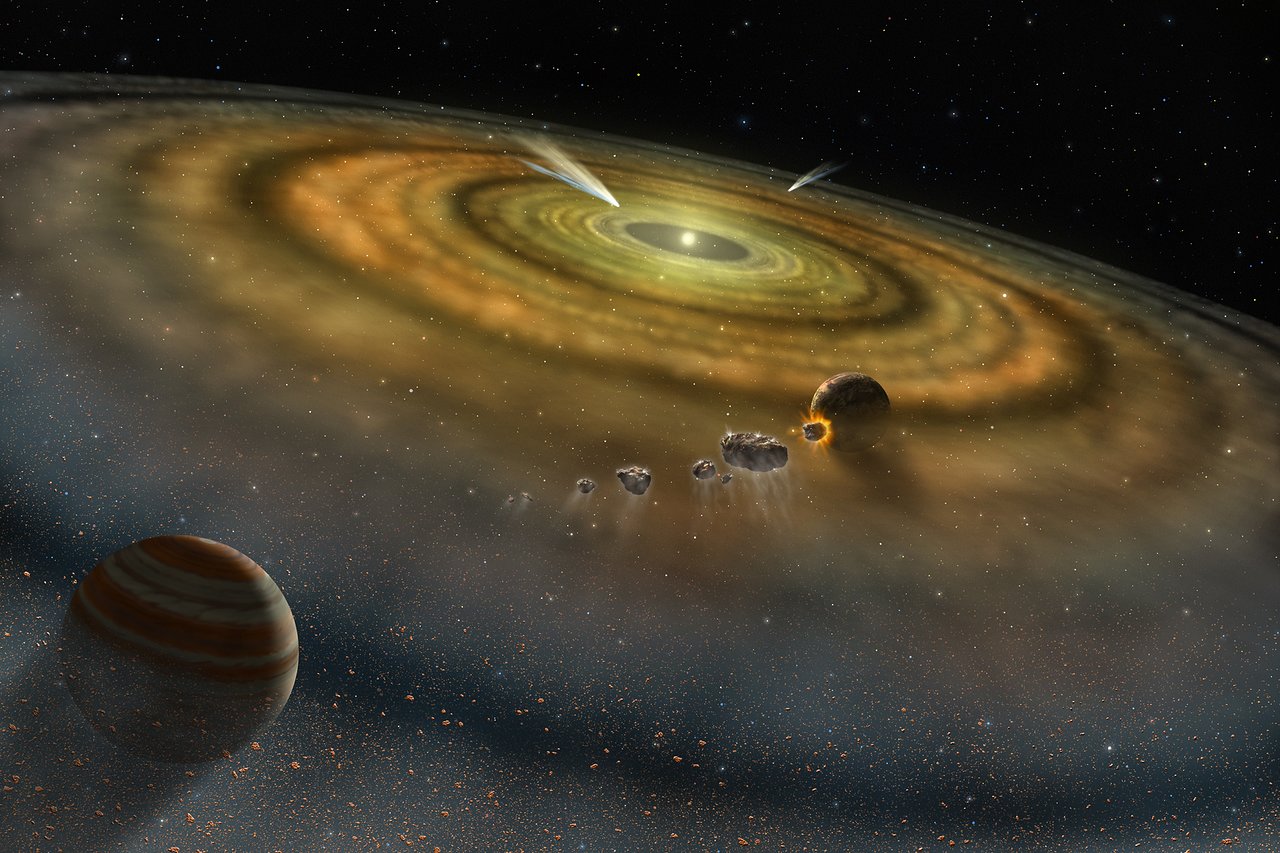
Further, it is believed that the direction of rotation of planets like Venus and Uranus have been influenced by the giant impact of asteroids.
Why is the direction of rotation important?
The direction of rotation of a planet can have important implications for its climate and geology. For example, the direction of rotation of Venus is retrograde, meaning it rotates in the opposite direction of most planets in our solar system. This has led to some unusual climate patterns on Venus, such as a super-rotating atmosphere that rotates much faster than the planet itself.
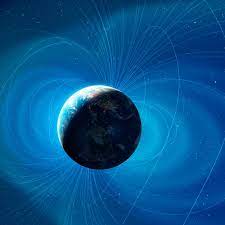
The direction of rotation can also affect a planet’s magnetic field, which is generated by the motion of charged particles in the planet’s core. If the direction of rotation changes, it can cause the magnetic field to weaken or even reverse.
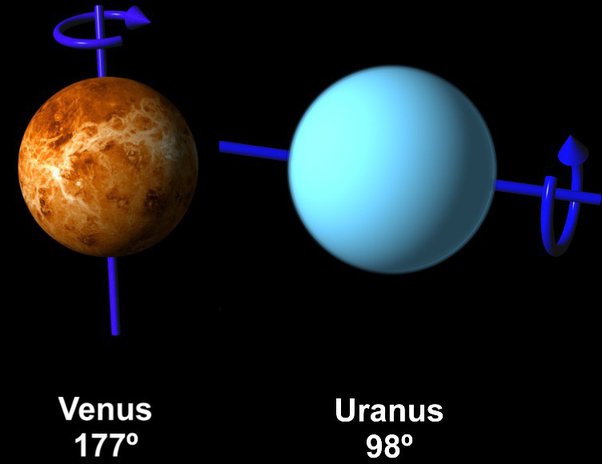
Planets in our solar system and their direction of rotation
| Planet | Direction of Rotation |
|---|---|
| Mercury | Counterclockwise |
| Venus | Clockwise (retrograde) |
| Earth | Counterclockwise |
| Mars | Counterclockwise |
| Jupiter | Counterclockwise |
| Saturn | Counterclockwise |
| Uranus | Clockwise (retrograde) |
| Neptune | Counterclockwise |
| Pluto | Counterclockwise |
Note that Uranus and Venus are classified as “clockwise” or “retrograde” because their rotational direction is opposite to that of the other planets in the solar system.
Why Venus and Uranus rotates clockwise?
These plants had the counter-clockwise direction of rotation at the time of inception however, they were impacted by the planet size objects disturbing the original direction of rotation.
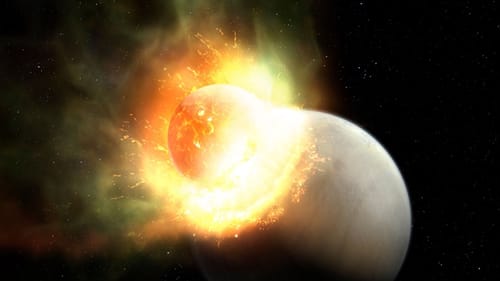
Conclusion
In conclusion, the direction of rotation of planets is an important aspect of their formation and evolution. Understanding the direction of rotation can help us better understand the climate, geology, and magnetic field of a planet. By studying the direction of rotation of planets in our solar system and beyond, we can gain a deeper understanding of the universe around us.
Summary
- The direction of rotation of a planet refers to the direction in which it spins on its axis.
- The direction of rotation is determined by the way in which the planet formed, from a collapsing cloud of gas and dust.
- The direction of rotation can have important implications for a planet’s climate, geology, and magnetic field.
- Venus has a retrograde rotation, meaning it rotates in the opposite direction of most planets in our solar system.
- The direction of rotation can cause unusual climate patterns, such as Venus’ super-rotating atmosphere.
- Changes in the direction of rotation can weaken or reverse a planet’s magnetic field.
- Studying the direction of rotation of planets can help us better understand the formation and evolution of our solar system.
Questions
Q. Which planet has a retrograde rotation?
a. Earth
b. Mars
c. Venus
d. Jupiter
Answer: c. Venus
Explanation: Venus has a retrograde rotation, meaning it rotates in the opposite direction of most planets in our solar system.
Q. What determines the direction of rotation of a planet?
a. The planet’s mass
b. The planet’s distance from the sun
c. The direction in which the planet’s disk of gas and dust is spinning during formation
d. The planet’s magnetic field
Answer: c. The direction in which the planet’s disk of gas and dust is spinning during formation
Explanation: The direction of rotation of a planet is determined by the direction in which the disk of gas and dust is spinning during its formation.
Q. Why is the direction of rotation important for a planet’s magnetic field?
a. Changes in the direction of rotation can cause the magnetic field to weaken or reverse.
b. The direction of rotation determines the strength of the magnetic field.
c. The direction of rotation has no effect on a planet’s magnetic field.
d. The magnetic field determines the direction of rotation.
Answer: a. Changes in the direction of rotation can cause the magnetic field to weaken or reverse.
Explanation: If the direction of rotation changes, it can cause the magnetic field to weaken or even reverse.
Q. Which of the following planets has a counterclockwise rotation?
a. Venus
b. Uranus
c. Mercury
d. Neptune
Answer: b. Uranus
Explanation: Uranus has a counterclockwise rotation.
Important Links